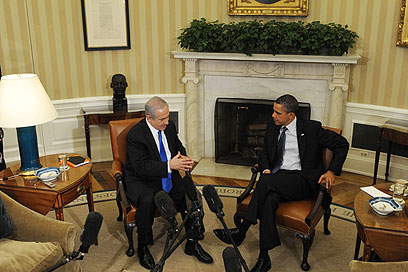A restless Aleutian volcano exploded Wednesday night and may have blown off a slow-growing lava dome that was building for months in its summit crater, volcanologists say.
Cleveland Volcano, 940 miles southwest of Anchorage, probably burped up a small amount of ash -- a potential hazard to trans-oceanic air travel -- but the ash did not appear to reach above 20,000 feet, said Steve McNutt, a researcher with the Alaska Volcano Observatory.
Because of its remoteness, harsh weather in the area and budget constraints, Cleveland Volcano does not have instruments on its flanks. As a result, scientists cannot listen to its inner rumblings. But distant seismometers and specialized microphones detected the explosion about 7 p.m. Wednesday, according to the observatory.
The explosion caused a displacement of air and an airwave traveled out from the volcano at the speed of sound, McNutt said. Instruments at volcanoes 60 and 90 miles away detected the explosion several minutes after it occurred, he said.
Clouds on Wednesday and today prevented clear satellite views, so scientists are not sure exactly how much ash may have shot out of the 5,676-foot volcano, which makes up the western half of Chuginadak Island.
"It is the Aleutians in winter, after all," McNutt said.
Either way, the researchers do not think the volcano poses an immediate threat to air travel.
McNutt thinks the explosion blasted away a lava dome building inside the volcano's summit crater. As the thick, pasty molten rock flows slowly into the crater, it piles up and plugs gas vents, he explained. An explosion can occur when the gas builds up enough pressure, McNutt said.
For now, the volcanologists are waiting for better views of the volcano to determine exactly what happened. Scheduled satellite passes in the near future should give them a better idea, McNutt said.
If it's true that the dome was removed, he said, the risk is lower that a larger ash- producing explosion might affect air travel. That is, until another dome builds up.
In December, a similar event cleared a lava dome that had been building up at Cleveland Volcano for two months. The brief explosion blasted volcanic ash up to about 15,000 feet, the observatory said.
Meantime, volcanologists are monitoring another volcano closer to home, one that hasn't erupted for at least 500 or 1,000 years, McNutt said.
A series of small earthquakes has been detected in recent months at Iliamna Volcano, in Lower Cook Inlet about 110 miles from Anchorage, according to the volcano observatory. Those earthquakes are typical for the ancient volcano and could be related to the movement of nearby glaciers, McNutt said. Still, more investigation, including a flight to measure gas emissions, is warranted, he said.
"Another question, which always dogs us in these situations, is if molten rock is involved," he said.
Alaska News
Read more here: http://www.adn.com/2012/03/08/2359467/blast-shakes-restless-volcano.html#storylink=cpy

